F1: Qatar Grand Prix Preview (Update)
This article has been updated.
November 18, 2021
Formula One’s inaugural Qatar Grand Prix takes place this weekend, with the teams travelling to Losail International Circuit for round 20 of the 2021 FIA Formula One World Championship.
Located 22 miles north of the capital city of Doha, the circuit is well versed in hosting high-speed racing, having become a permanent fixture on the MotoGP calendar in 2004. Several adaptations have been made ahead of Formula One’s maiden outing, with a new pitlane entrance and additional safety measures welcoming the sport.
At its widest point, Qatar is only 90 kilometers wide, shorter than an F1 sprint, and 160 km north to south, barely over half the distance of a Formula One Grand Prix.

The final race of the season’s third triple header will see the F1 cars illuminated beneath Losail International Circuit’s lights, as the cars makes their way around the fast and flowing 5.38km circuit whilst the sun sets.
The main straight, at just over one kilometer long, will feature the track’s only DRS zone, providing ample overtaking opportunities into Turn 1.
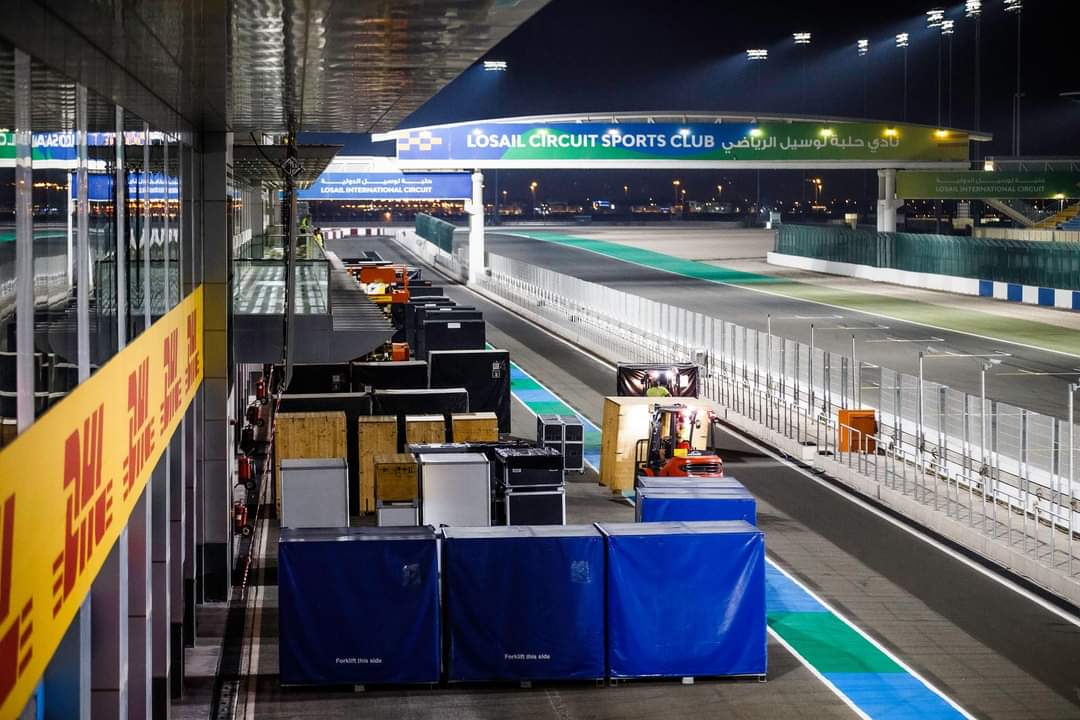
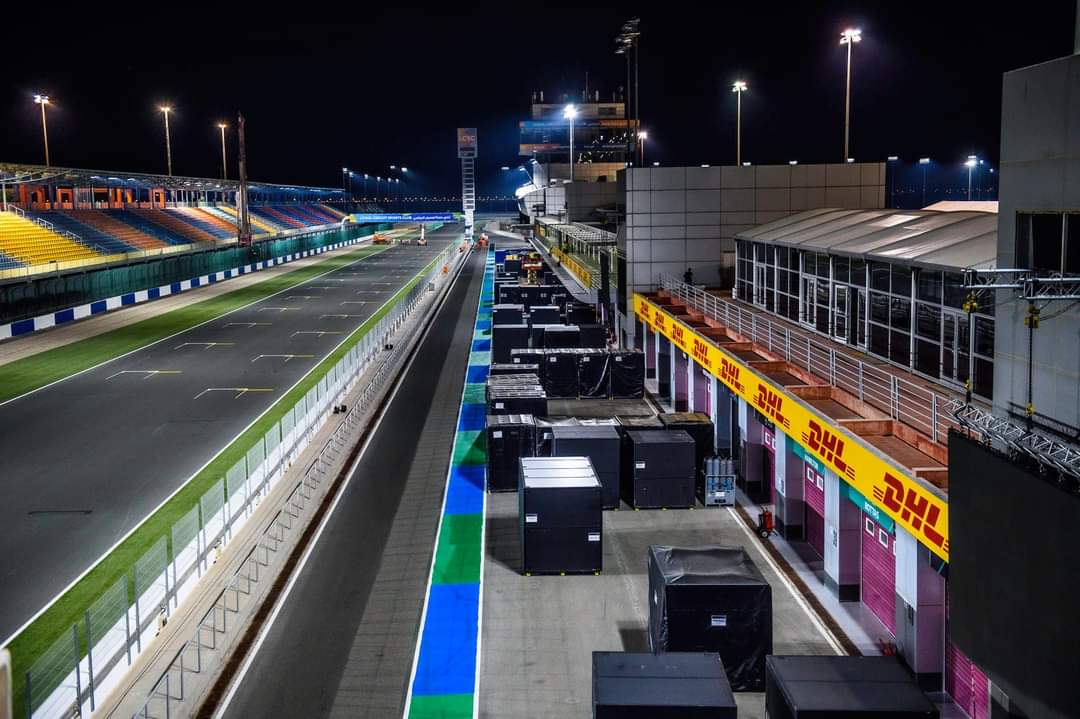
A full capacity crowd is expected to attend, undoubtedly creating an excitable atmosphere for the country’s first Formula One Grand Prix.
Qatar is the second newcomer on this year’s F1 season; in early September, F1 made its return to Zandvoort, which has undergone a complete rebuild. The third new circuit of the 2021 season comes at the new street circuit in Saudi Arabia at the beginning of December.
North of the capital city, the track is expected to undergo a dramatic evolution from session to session as more rubber is deposited on the surface, increasing its grip. The dust is blown away with each passing car, just as the drivers acquire confidence and push ever harder: qualifying, after three sessions of practice devoted to discovery and set-up fine-tuning, should be a sight to behold.
The unexpected awaits behind every corner: in such an exposed region, the track can be hit by some of the strongest wind in the Peninsula, with sand being blown onto the track and grip levels being set back wildly. It’s an added jeopardy that only adds to the fascination this event fills us with. Like in those Arab tales, spun by fishermen as they while the day away on their dhows, there can be twists and surprises. Like in those tales, there will be villains and heroes: we sure do hope to be the ones getting away into the Gulf night with untold riches, in the form of points, in the end…
Dave Robson, Head of Vehicle Performance for Williams
The final event of this triple-header brings us to a new Formula One venue. The Losail International Circuit, located outside Doha in Qatar, was opened in 2004 and has hosted numerous high-level motorsport Championship events. The circuit is 5.38km long and has 16 corners, many of which are high speed. There is only a single straight and DRS zone, which will limit overtaking opportunities. However, the flowing cornering sequence from Turn 4 to Turn 14 will be enjoyed by most drivers and will allow them to showcase what current F1 cars are capable of.
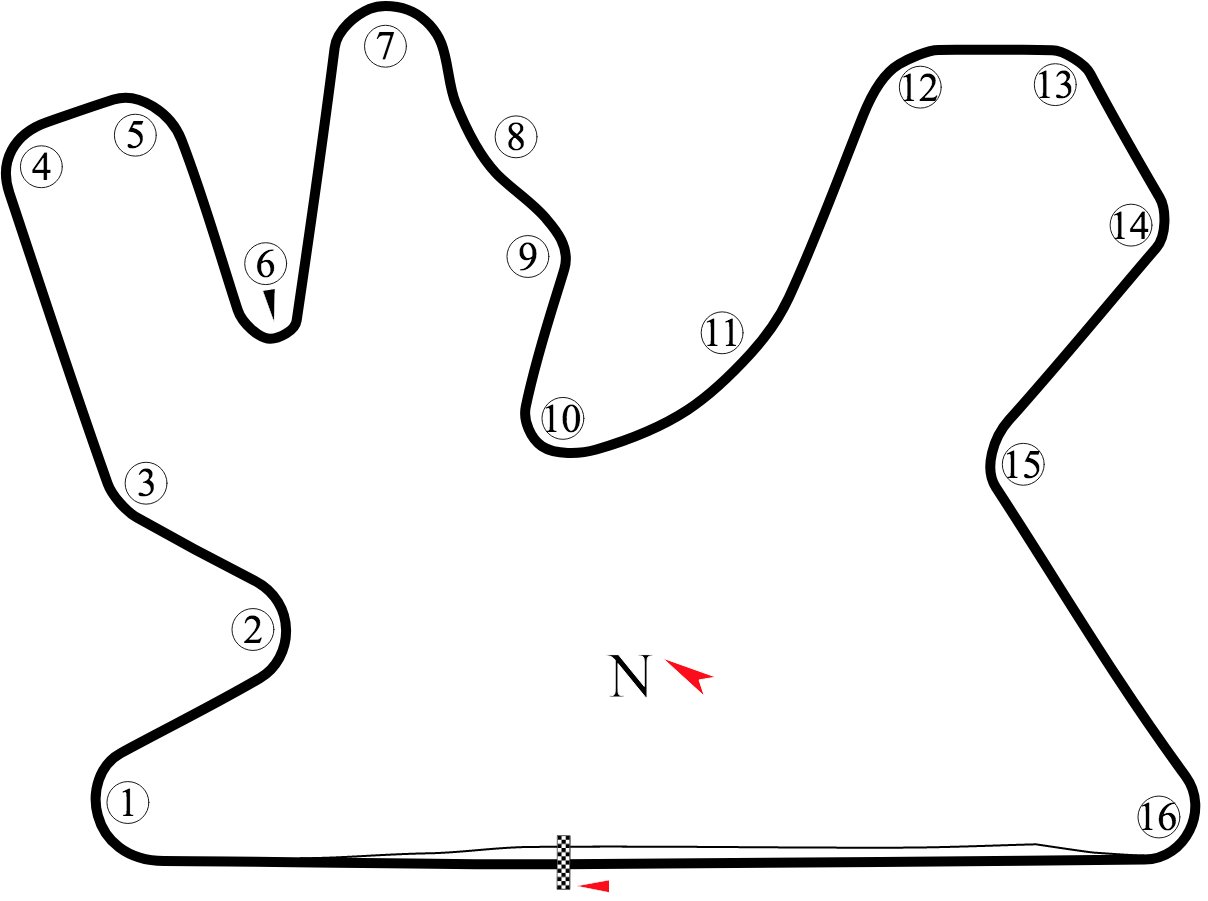
The circuit is expected to be demanding on the tires and although the main competitive sessions will take place in the evening, the hot conditions will ensure that the track remains warm even after the sun has set. With only a single straight, the energy through the tires is relentless and this is likely to be a feature of the race. Pirelli have brought their hardest compounds to Losail and they will probably suit the track well.
Following the Sprint Event last week in Interlagos, we return to a traditional format this weekend, which will give the drivers more opportunity to assess the track before committing to a set-up. It is likely that all drivers will want to maximize their time on track during Friday’s practice sessions as they come to terms with the subtleties of the circuit. As FP2 is the only evening practice session, this will be the key session for understanding how to manage the tires and optimize the set-up. We are looking forward to tackling another new circuit.
Keys to the race
Without historical data from past events, the Losail International Circuit poses a fresh challenge to the entire field – with the potential for some surprises. By examining recent data and car performance, our strategy engineers have predicted the key factors that could determine the result on Sunday, presented in partnership with Title Partner Cognizant.
The Qatar Grand Prix is the final race of the 2021 season for Pirelli’s hardest tyre compound, the C1, which will be joined by the C2 and C3. With both qualifying and the race taking place after sunset, understanding tire behavior in cooler temperatures will be crucial.
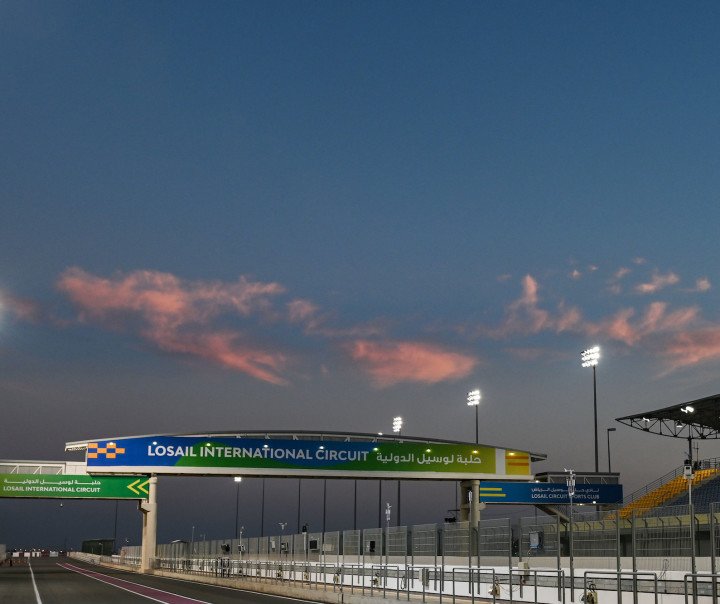
Featuring one significant straight and one DRS zone, overtaking at the Losail International Circuit could be tricky. Positioned at the end of the DRS zone and with a heavy-braking entry, Turn One will be the best overtaking opportunity of the lap.
With plenty of smooth run-off, the Losail International Circuit will initially be forgiving to any driver who makes a mistake. However, that run-off is surrounded by gravel traps, so drivers who stray too far off-line risk getting beached.
Unlocking The Lap
A lap of the Losail International Circuit begins as drivers accelerate down the 1,068-meter start/finish straight
with the throttle pinned and the DRS open. Turn One marks the key overtaking opportunity of the lap as drivers decelerate hard to slow into the right-hander, briefly picking up the throttle on exit into the equally tight left-hander of Turn Two.
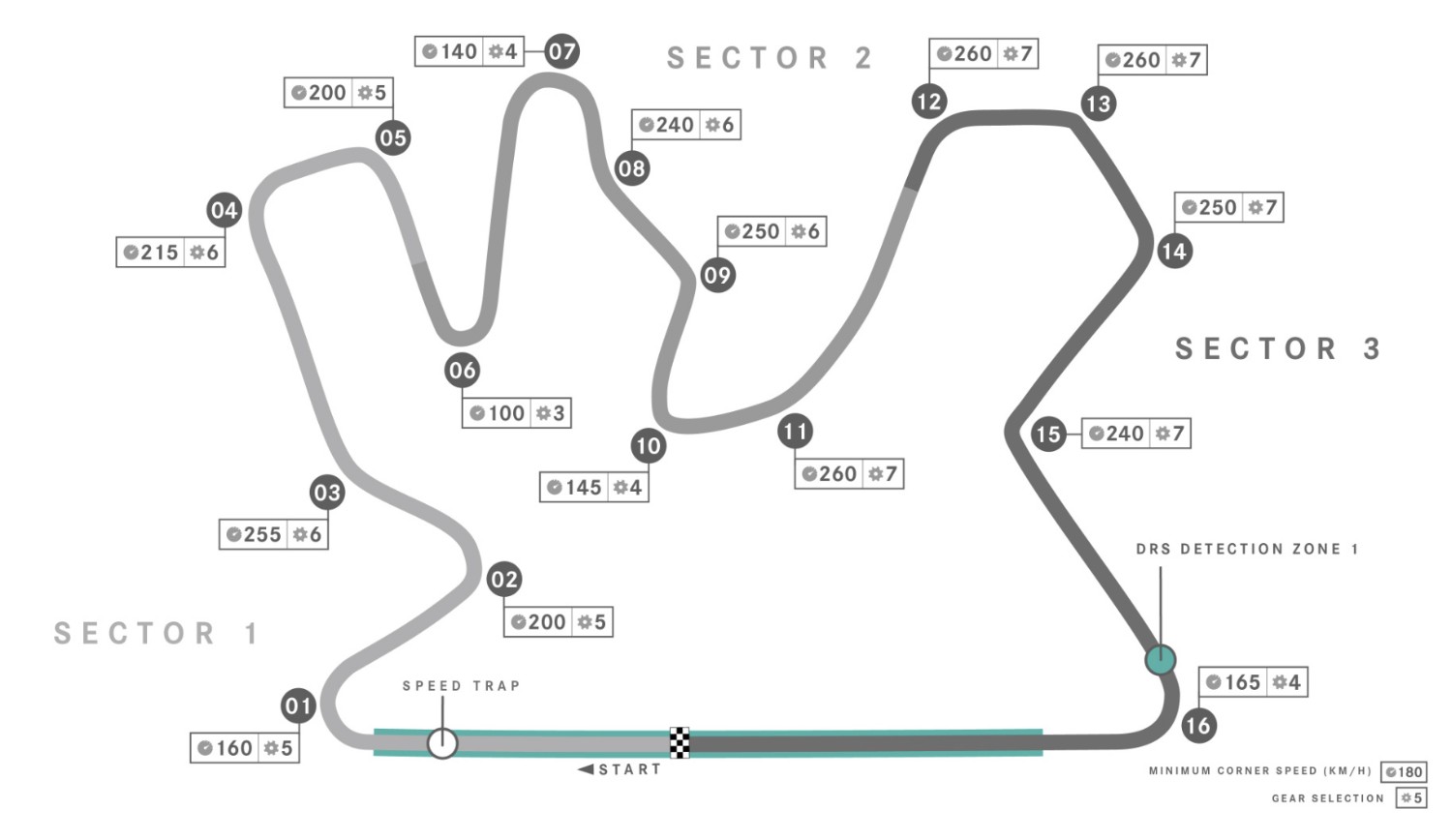
A slight right kink marks Turn Three before drivers reapply the brakes to navigate the double 90-degree right- hand corners of Turns Four and Five, which are succeeded by the tightest corner of the lap in the hairpin bend of Turn Six.
Turns Seven, Eight and Nine come in quick succession, requiring an agile car for the rapid changes in direction. Turn 10 leads into the fastest corners of the lap in the triple right sequence of Turns 12-14 – the high-speed nature of the track means passing around the back of the circuit will be tough.
Turn 15 marks the penultimate corner of the lap, leaving only Turn 16 to master. Like Bahrain, it requires a heavy stomp on the brakes and a clean exit, setting up a clean line to the finish as drivers prepare for another lap.
Pierre Gasly
On the sim it looks really interesting as it seems there are a lot of high speed, fourth, fifth and sixth gear corners and I think it will be quite physically demanding because of all the high-speed sections. It’s the sort of track I like, with many fast corners where you can really push the car to the limit of its aero abilities, so it should be very interesting.”
Guenther Steiner
Formula 1 announced that Qatar would enjoy a 10-year deal commencing 2023, having offered to step in late to host a race in 2021. Having seen the success of the likes of Bahrain and Abu Dhabi in establishing Formula 1 in the Middle East – do you see this simply as a further strengthening of Formula 1 in the region or a bold new addition that offers something different to its geographic neighbors?
“I think it’s a good addition, and this year they stepped in at the last minute to help us get a good race calendar. I think the Middle East is a good location to have races – it’s not too far away from Europe, it’s warm when it’s getting cold in Europe and if people plan their holidays, it’s a good place to go. These countries are up and coming, and they put a lot of effort into hosting these events.”
Sergio Perez – only driver to have experience here
Sergio Perez won at the Losail International Circuit when he competed in the GP2 Asia Series in 2009. He is the only active Formula One driver to have previously raced at that level on this track.
“It is a really fast track, with a lot of downforce required, so we will see how quick we can be. I don’t remember driving there very well, it was a long time ago, so I don’t believe there is much advantage for me! ”
Pirelli’s View
For the very first Qatar Grand Prix, held over 57 laps, Pirelli’s C1 compound has been chosen as the P Zero White hard, C2 as the P Zero Yellow medium and C3 as the P Zero Red soft. This is the fifth and last time this year that the three hardest compounds in the range have been nominated.
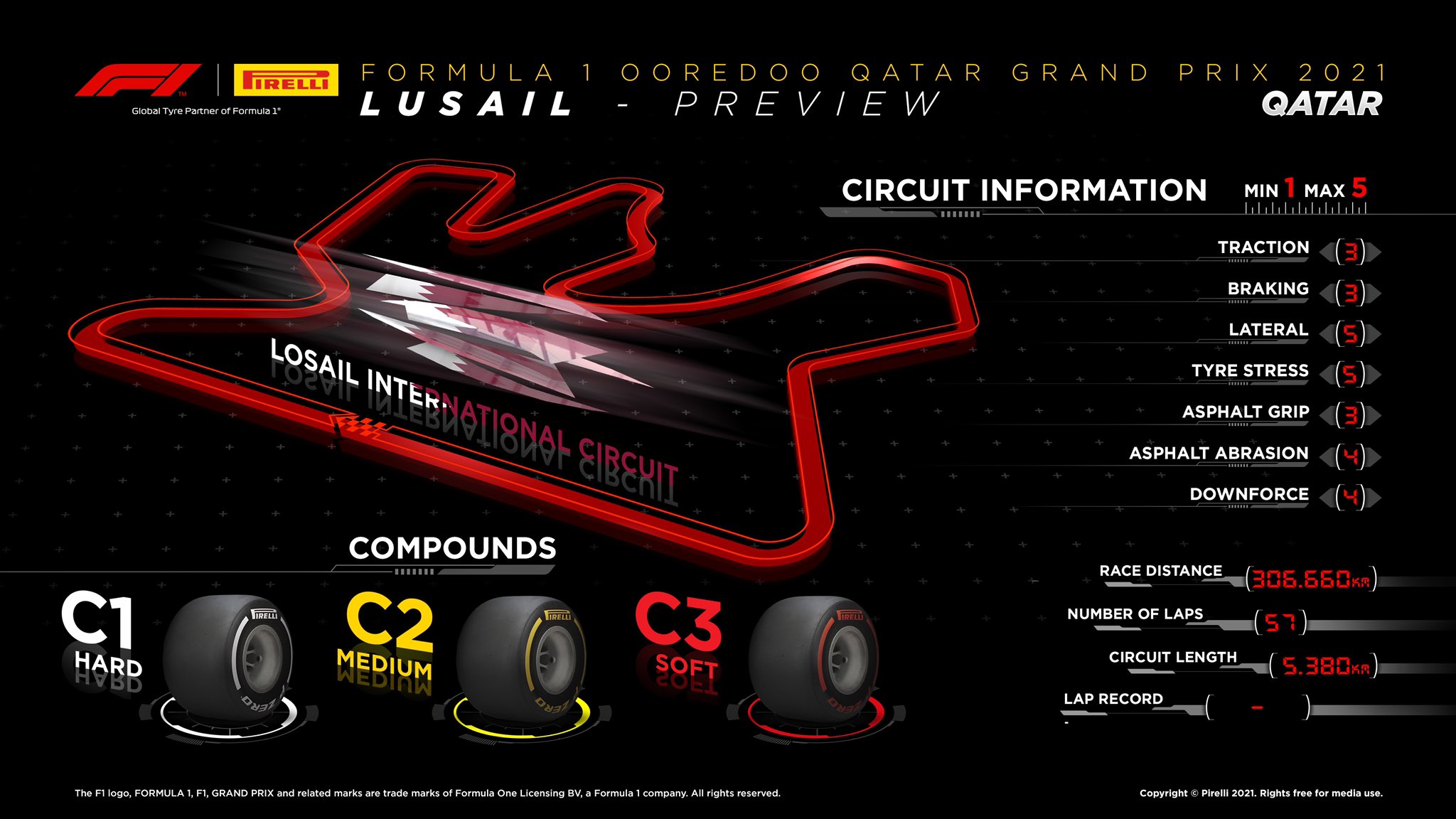
Existing data and simulations from teams point to Losail being a high-severity circuit with very demanding corners – similar to Silverstone or Mugello – and quite aggressive asphalt. The grip might also be affected by sand from the desert surrounding the track. With Qatar also being a completely new venue for Formula 1, Pirelli has opted for the three hardest compounds: capable of handling all of Losail’s varied demands.
There’s a start-finish straight that’s just over a kilometer long, but also a quick succession of 16 corners to make up the rest of the lap, which means that the tires are always working hard. This is expected to lead to a reasonably high degree of degradation.
The track still has its original surface from 2004, which offers high grip and has become quite abrasive over time, accentuating wear and degradation.
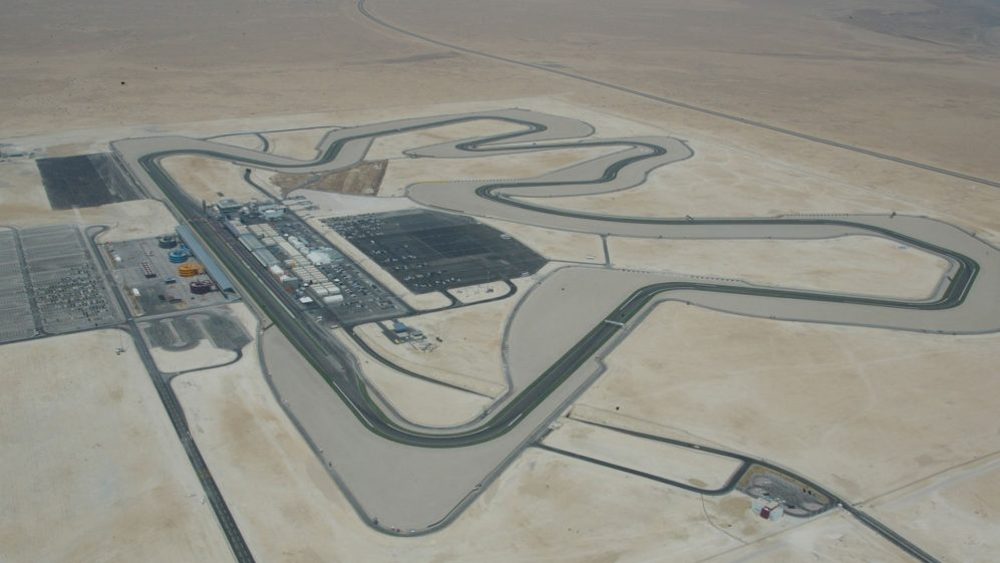
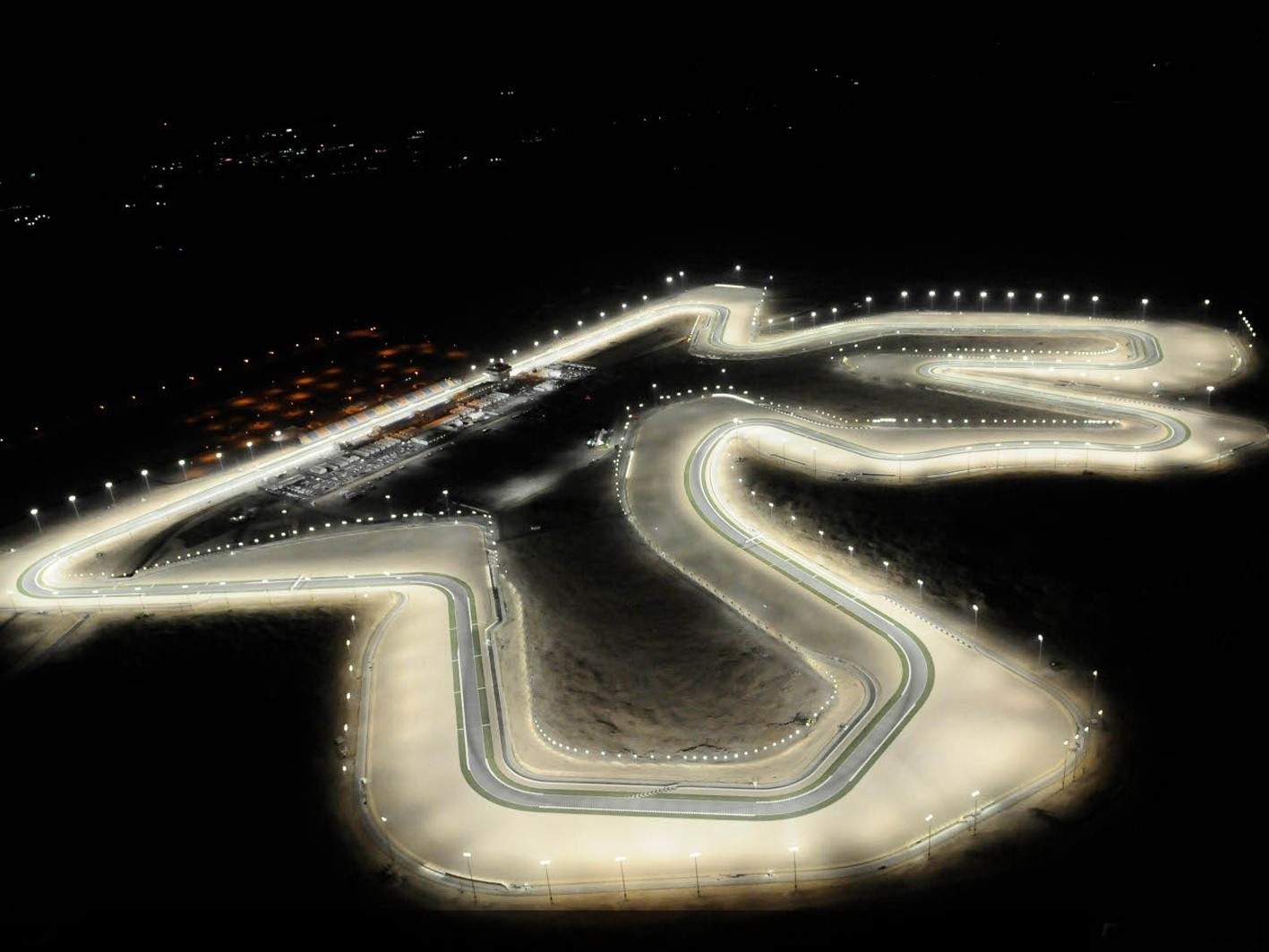
Despite the presence of strategically-placed artificial grass around the circuit to keep away the sand from the desert, the asphalt could still become very dusty thus affecting grip.
Turns 12 to 14 form a triple-apex right-hander, making up almost a single high-energy 5.2g corner that is slightly reminiscent of the famous Turn 8 in Turkey – only in the opposite direction.
Qatar is just one of four races held in the evening under floodlights this year. This means that the evolution of track temperature over the course of the grand prix should be quite different compared to a standard afternoon race, with the potential for a big drop-off as the race goes on. In the desert, there’s a big difference in temperature between day and night. While the race takes place at 5pm local time, FP1 and FP3 happens during the heat of the day, so only FP2 and qualifying provide a truly representative picture of the likely race conditions.
There are no support races at all on the schedule and the circuit hasn’t been used a lot recently, which will mean that there’s no rubber laid down prior to F1 cars running. As a result drivers can expect a slippery track at first and a high degree of track evolution. The surface could also be ‘reset’ by sand blowing onto the track over the weekend.
